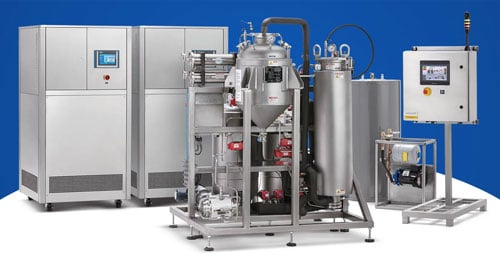Discover the significant differences between solvent-based and solventless extraction methods in this comprehensive guide. Learn about the benefits, drawbacks, and unique characteristics of each technique to make informed decisions.
What Are The Key Differences Between Solvent-Based and Solventless Extraction?
The cannabis industry is constantly evolving and is marked by an array of advancements and innovations in extraction processes and the growth of rosin products. In recent years, two essential methods have captured plenty of attention among those in the industry and outside it: butane hash oil or BHO extraction and solventless extraction.
This article will explore these two unique extraction techniques, providing valuable insights to improve your cannabis extraction processes and make your company more profitable. We’ll take a good, hard look at solventless extraction, highlighting its unique benefits, potential challenges, and how it measures up against the currently dominant BHO approach.
So whether you're deeply rooted in the industry, a casual user, or even just exploring and expanding your knowledge, join us as we explore these extraction techniques and reveal what each has to offer producers of all sizes.


What To Look For When Considering Different Extraction Methods
Choosing the right cannabis extraction method for your business requires careful thought and assessment of various factors. To help simplify your search a little bit, here are key elements that you should keep in mind when choosing the right option for your business:
Budget Constraints: Financial considerations should be a top priority, so evaluate the initial investment for equipment and the ongoing operational costs for each extraction technique. Finding a balance between cost-effectiveness and efficiency is vital for the long-term success of your operation.
Desired End Products: Different extraction methods produce diverse cannabis concentrates. For example, while one way might excel at making shatter, another might be more suited for live rosin dabs, live resin, dabs, and concentrates/tinctures. Depending on the cannabis products you’re trying to produce, selecting an extraction method that aligns with those objectives is essential.
Standard Operating Procedures (SOPs) and Brand Requirements: If your company is associated with specific brands or if you collaborate with others, be aware of any set SOPs or extraction requirements they may have. Some brands may have particular stipulations about the extraction method to maintain the consistency and quality of their products. Overlooking these guidelines can lead to collaboration challenges or a potential dip in the quality of the final product, so always ensure your chosen extraction method complies with any existing SOPs or brand prerequisites.
Selecting the extraction method that’s right for you involves evaluating your financial capabilities, understanding product aspirations, and meeting external stipulations. Being thorough in these assessments can help position your extraction process to meet market demands best and maintain high standards simultaneously.
-
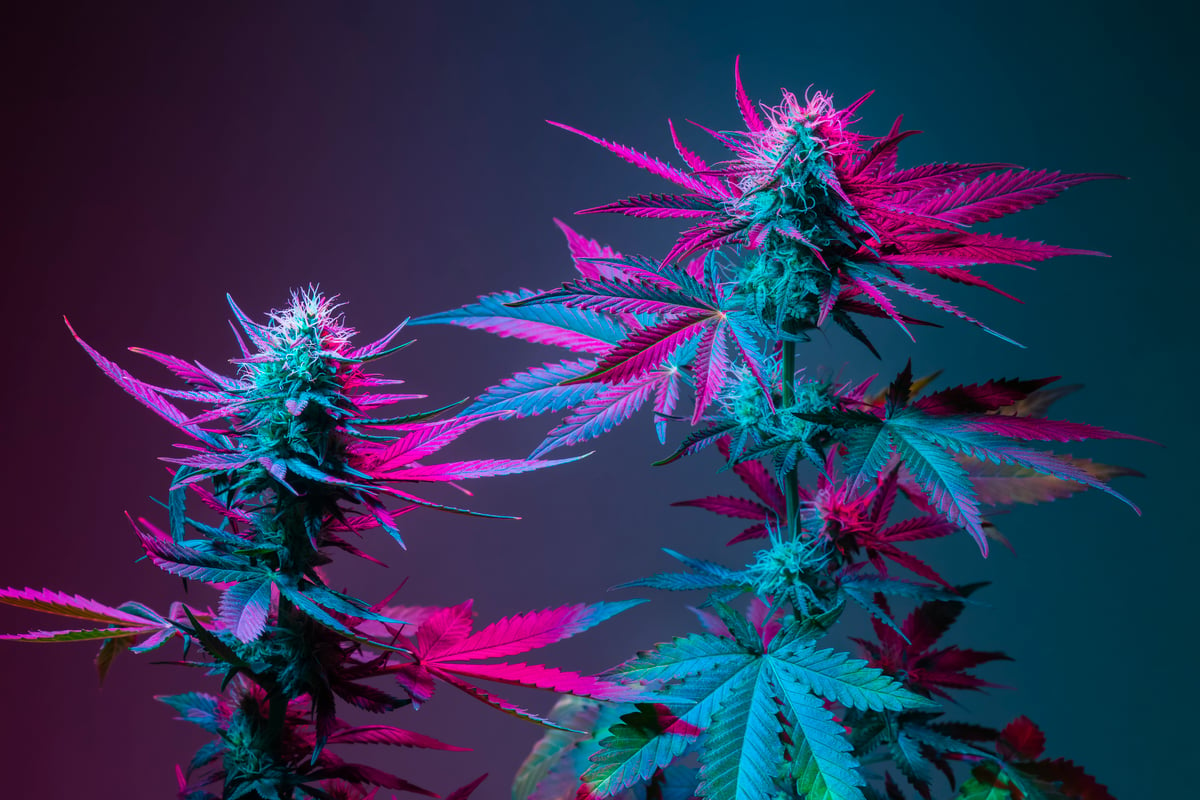 Sour Diesel
Sour Diesel -
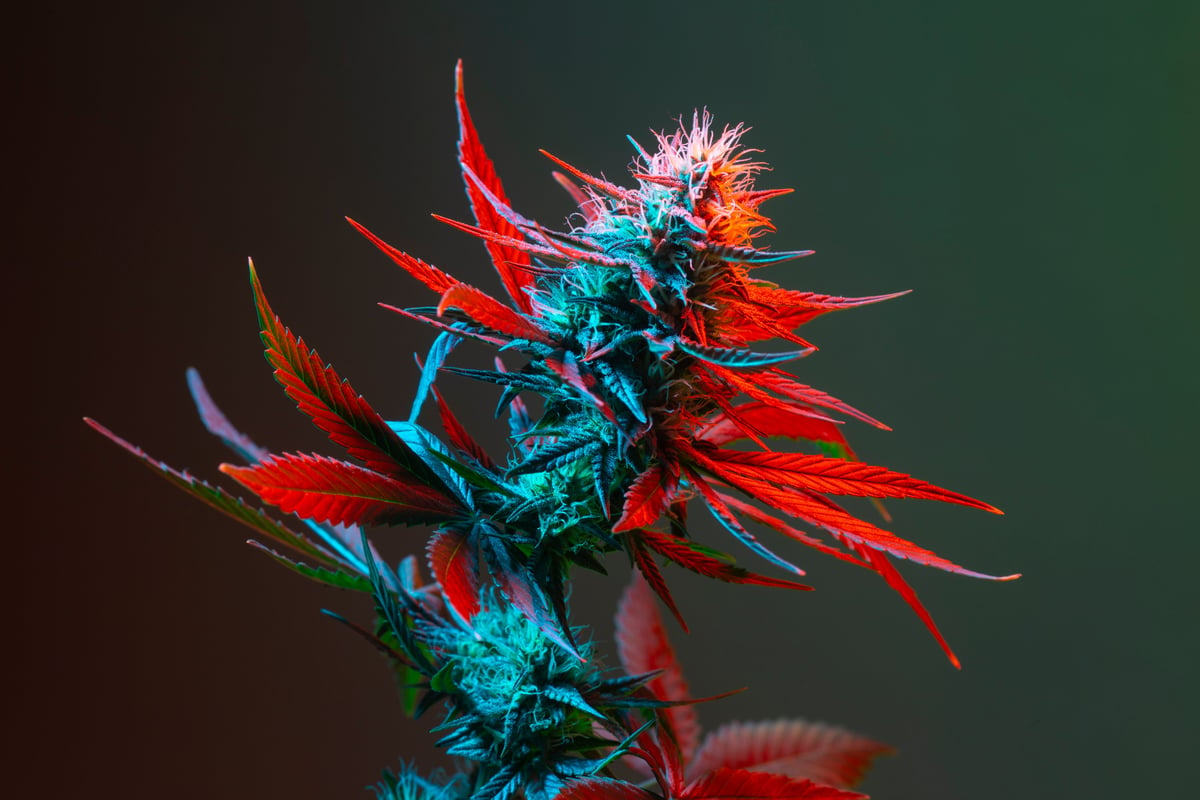 Kush
Kush -
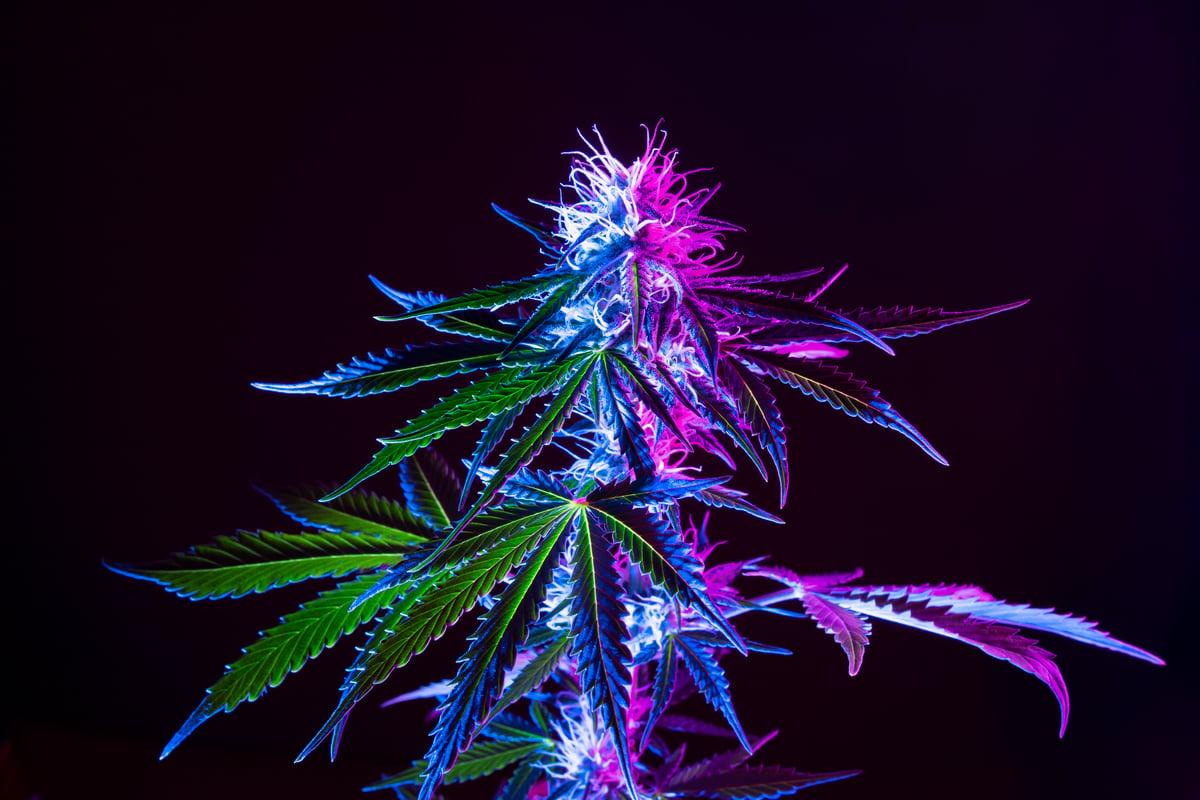 White Widow
White Widow -
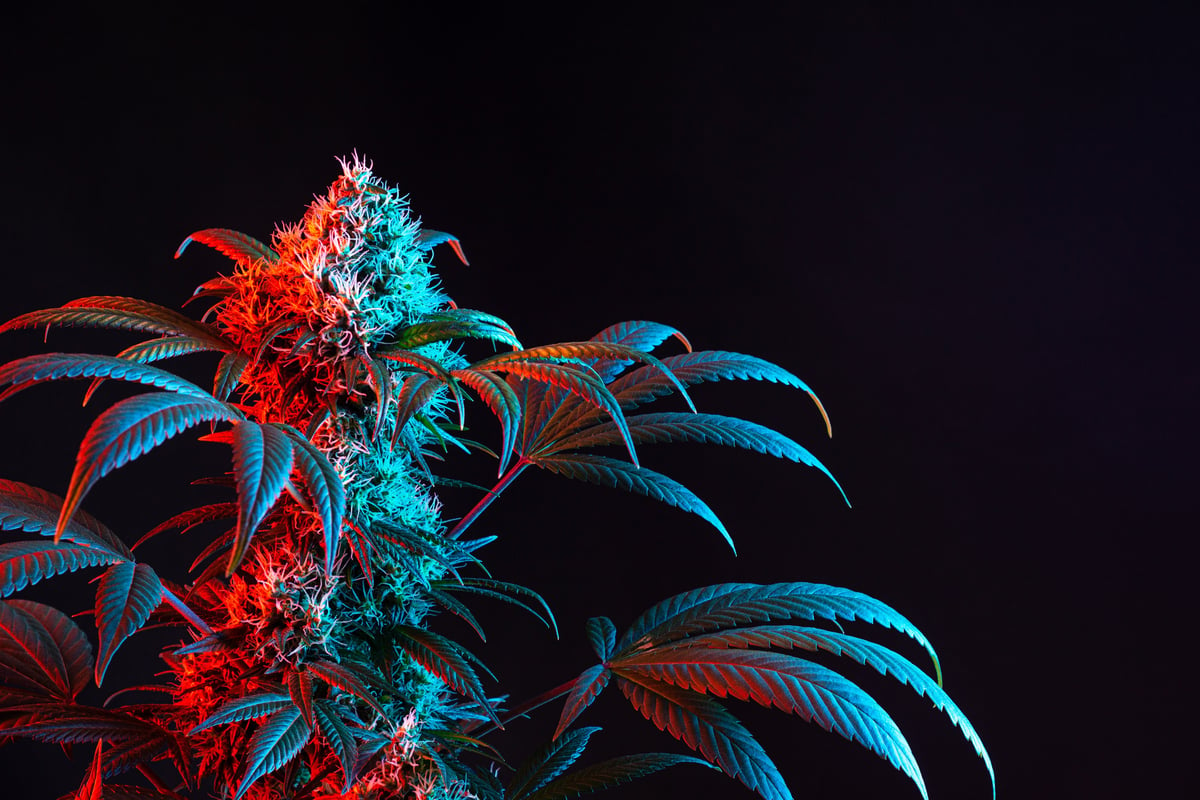 Super Lemon Haze
Super Lemon Haze -
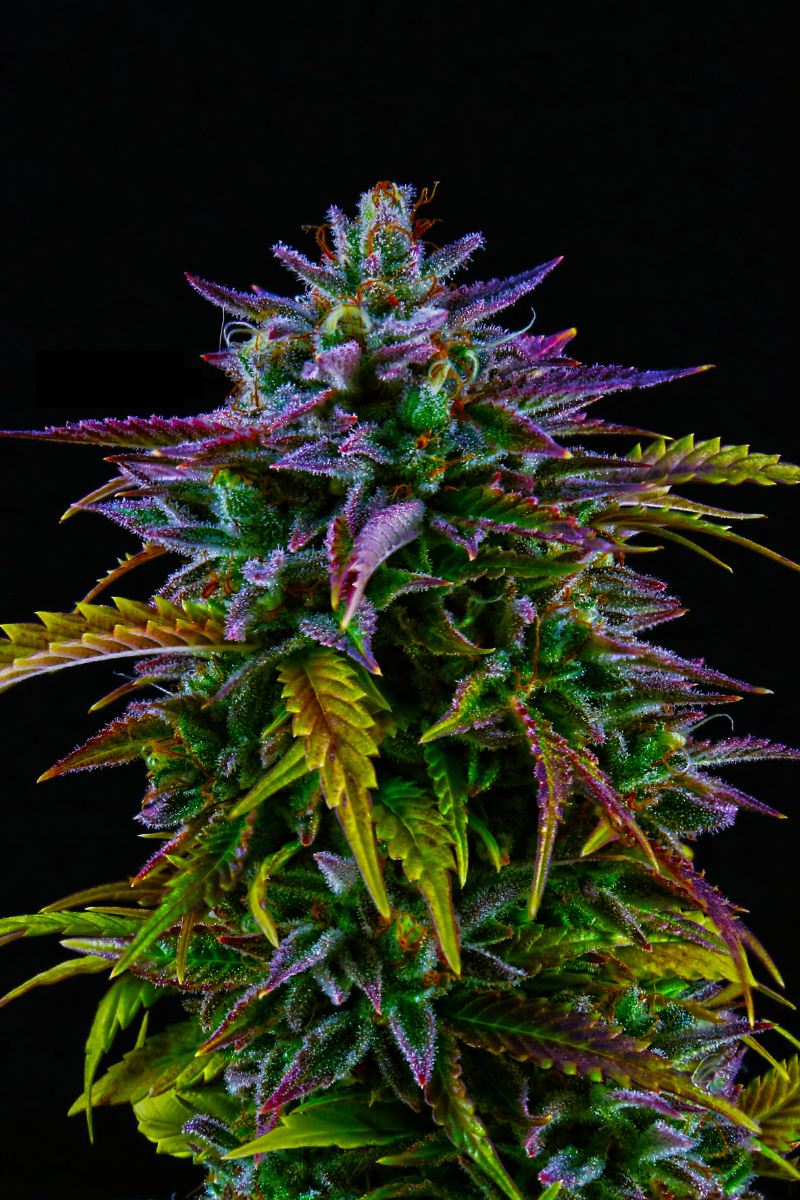 Blue Dream
Blue Dream -
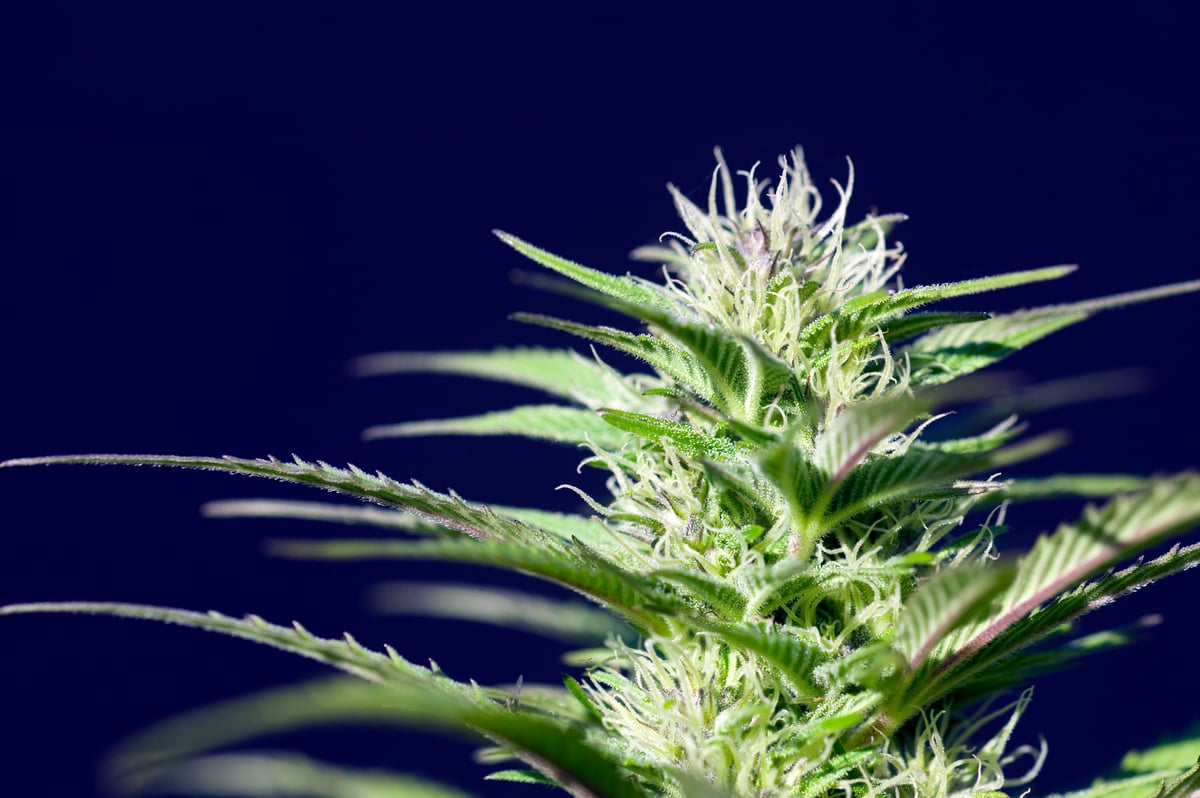 Northern Lights
Northern Lights -
 Purple Haze
Purple Haze -
-1.jpg?width=1200&length=1200&name=iStock-1353677743%20(1)-1.jpg) Acapulco Gold
Acapulco Gold -
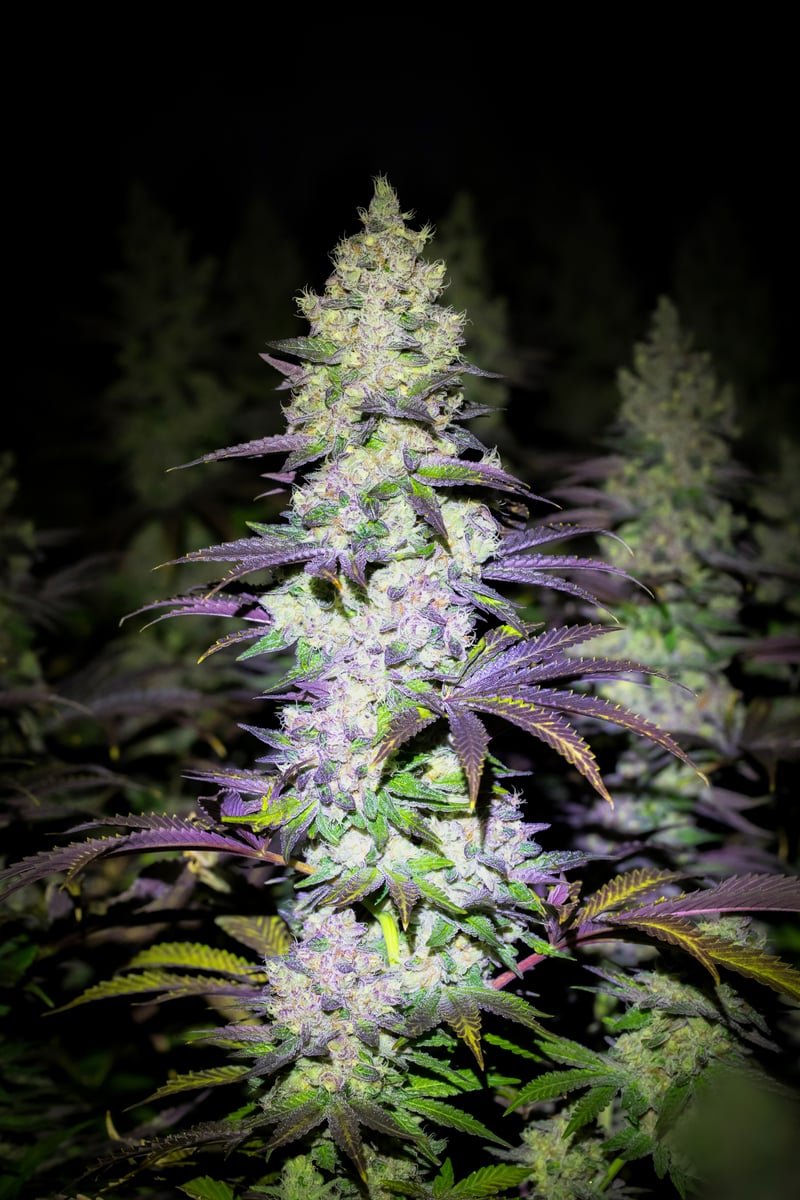 Silver Haze
Silver Haze
What Is Solventless Extraction?
As a technique with roots spanning over many years, solventless extraction distinguishes itself from other methods by its lack of reliance on chemical solvents. Instead, it employs mechanical means to separate trichomes and other potent compounds from the cannabis plant. This method can be broadly categorized into two main techniques: dry and wet extraction.
Dry solventless extraction is often seen as a more straightforward and more cost-effective technique, especially on a smaller scale, which is where companies commonly use "waste" materials, such as trim, to yield concentrates through dry extraction. However, different challenges can arise when companies attempt to scale this method up. For instance, consumables like nitrogen or CO2 quickly become necessary, and managing large quantities of dry trichomes becomes intricate, complex, and potentially expensive.
Wet solventless extraction, also known as ice water extraction, has rapidly gained prominence in commercial settings in recent years. This method involves mechanically agitating fresh-frozen biomass to dislodge those precious and potent trichomes. Then, once separated, the trichomes are fluidized in cold water and then isolated from the water through filter media.
To ensure purity, the trichomes undergo a drying phase, typically either through air-drying or freeze-drying, to eliminate any remaining water. One of the most significant benefits of this technique is the ease of handling trichomes when they're fluidized in cold water, which minimizes the risk of them melting and adhering to surfaces, streamlining the process and making it notably tidier than their dry counterparts.
Solventless methods remain a favorite among those who want to avoid solvents, presenting a more natural approach to cannabis rosin extraction. However, it's worth noting that the main drawback of solventless methods is their limited throughput and scalability, which can impact their efficiency in larger-scale operations. While both dry and wet extraction methods have their pros and cons, a comprehensive and well-rounded approach where businesses are equipped with both techniques can offer unrivaled flexibility, allowing them to optimize yields and profits.

.jpg?width=1200&length=1200&name=clear-cannabis-QqnHdcKLcOA-unsplash%20(1).jpg)
How Is Solventless Extraction Different From Other Methods?
Extraction methods play an essential role in determining the purity, potency, and overall quality of rosin dabs and concentrates, and each offers a unique approach to capturing the essence of the cannabis plant. Still, they differ fundamentally in their procedures and outcomes.
BHO extraction utilizes butane or Propane (or a mix), which is a solvent, to extract those essential cannabinoids from cannabis biomass. Butane is pressurized and passed through the plant material in this method, effectively stripping away the cannabinoids. Once the extraction process is complete, the butane solvent evaporates, leaving behind a highly concentrated, clean cannabis extract without any traces of solvent when properly purged.
Contrastingly, solventless extraction doesn't rely on any chemical solvents and instead employs mechanical means, typically in the form of heat or pressure, to separate the trichomes (tiny, resinous glands rich in cannabis) from the plant material. Given that no solvents are involved in the process, there's a lower risk of residual chemicals left behind in the final product. This method is revered for producing a more "natural" extract, capturing the authentic flavors and effects of the cannabis plant.
Both techniques have their merits, but the choice between them often hinges on desired product outcomes, production standards/volume of production, purity standards, and personal or consumer preferences.
Solvent-Based vs. Solventless Extraction: A Comparative Analysis
When it comes to cannabis extraction, understanding the nuances of different methods can be pivotal for businesses aiming to produce high-quality products, and both solventless and BHO extraction have their own unique sets of advantages and challenges.
Solventless Extraction
Pros
Pure Process: There's no contact between solvents and the cannabis material, ensuring the overall purity and potency of rosin.
Natural Products: Given the absence of chemical solvents, the extracts are perceived as more natural.
Terpene Preservation: This extraction method generally retains a richer profile of the diverse terpenes found in cannabis, yielding aromatic extracts.
Safety: Without pressurized vessels, there's a reduced risk of equipment-related accidents.
Regulatory Ease: Typically, there are fewer regulations for solventless methods, simplifying compliance and permitting.
Cost-Effectiveness: These methods often don't need expensive solvents or equipment, making them more budget-friendly.
Cons
THC Content: Might produce lower overall THC compared to solvent-based methods.
Yield: Generally, solventless extraction yields less than solvent-based techniques.
Time Intensity: Processes like dry ice water hash can be labor-intensive and time-consuming.
Consistency Challenges: Achieving consistent product quality can be trickier and may necessitate more rigorous quality control.
Low Scalability: Solventless extraction is typically limited to low-rate and small-scale production.
BHO Extraction
Pros
High THC Yields: BHO extraction typically results in higher THC content.
Product Diversification: Allows for a broad spectrum of cannabis products, enhancing product range.
High Scalability: Allows larger scale operations and diversified product offerings like no other method.
Broad Spectrum Extraction: Captures a wide variety of cannabinoids and terpenes.
Efficiency: BHO is known for its quick and effective extraction process.
Scalability: Adaptable to large-scale production needs.
Established Knowledge: A well-trodden path in the industry ensures ample knowledge and equipment availability.
Cons
Safety Concerns: Handling flammable solvents can risk fires or explosions.
Residual Solvents: If not correctly purged, residual solvents might contaminate the final product.
Higher Costs: Initial investment for equipment and facility modification can be steep.
Regulatory Complexity: More stringent regulations exist due to the solvents used.
Equipment Complexity: Typically demands specialized equipment and thus will need ongoing maintenance.
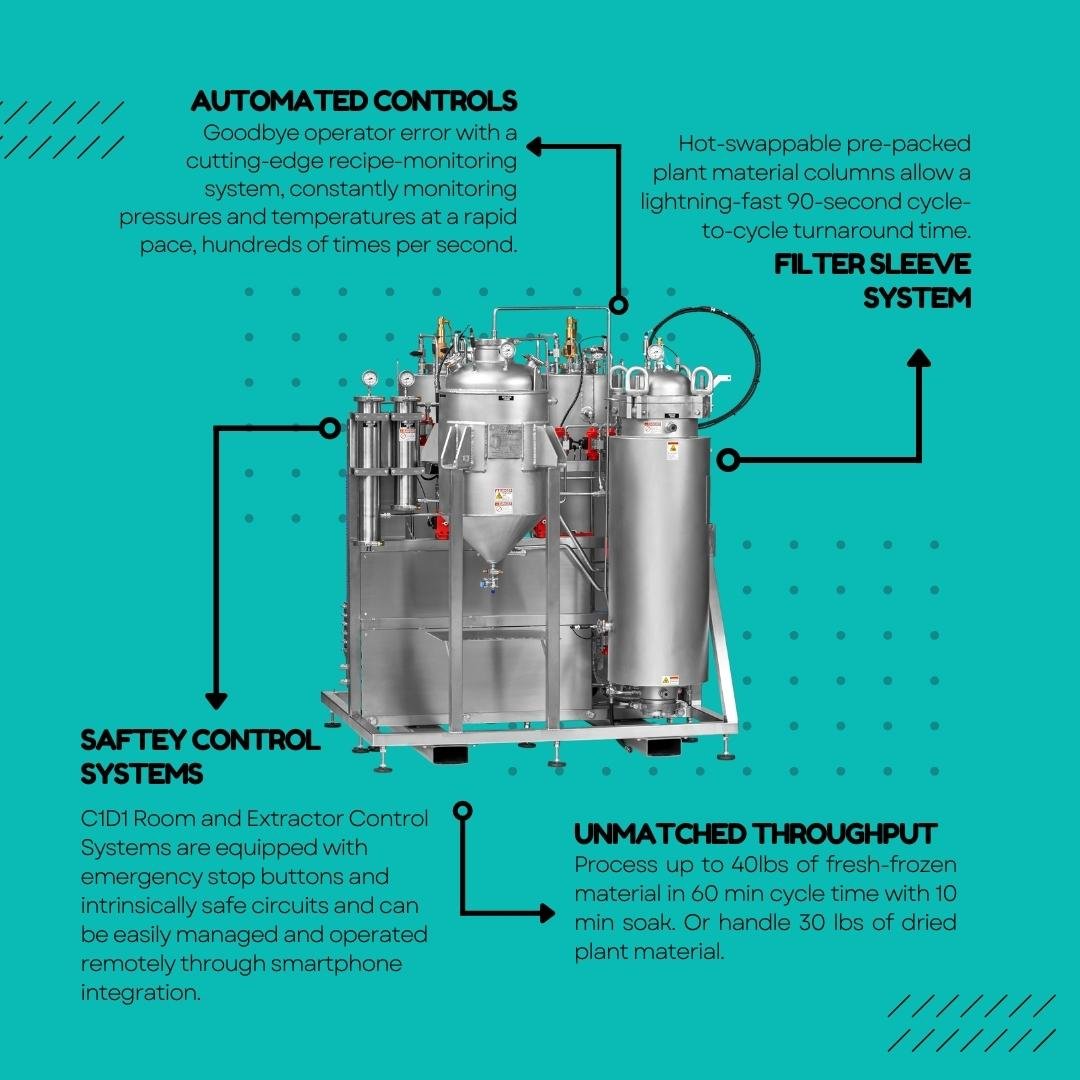
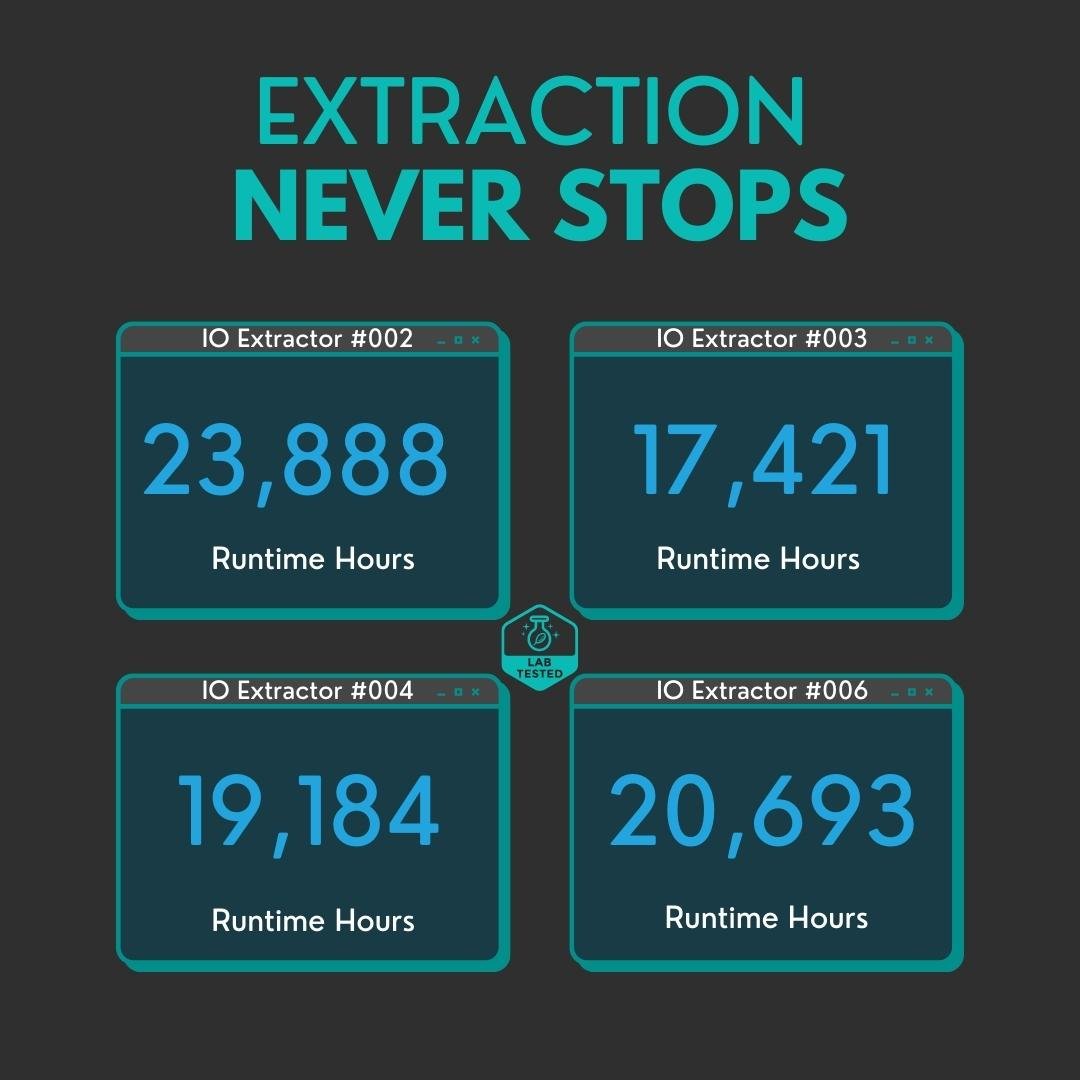
Should Businesses Invest in Both Types of Equipment?
Integrating both extraction methods in a single facility is gaining traction. Businesses can first utilize solventless extraction on the flower by employing a dual-method approach in their operations. Afterward, the same flower can be subjected to a solvent-based extraction, ensuring that every possible cannabinoid is extracted, which optimizes your yields and profits. Similarly, solventless extraction is only suitable for certain types of cannabis plant biomass, so having both extraction methods opens up the sourcing options for processors. For example, if only 20% of a cultivator’s biomass is “rosin quality,” they may not work with solventless-only processors. Instead, they look for a “one-stop-shop” lab that could purchase all of their biomass. On the other hand, a cultivator might say no to a BHO-only processor because they want their top-quality biomass to be processed into rosin to maintain a complete product range.
However, while employing both extraction methods seems promising at first glance, businesses must make sure that they carefully evaluate their specific circumstances before making any purchases. The initial investment for both setups, ongoing operational costs, safety measures, and the potential return on your investment all factor into the final decision-making process.
So, while each extraction method has merits and challenges, a combined approach can offer businesses the avenue to help maximize their overall efficiency and profitability. But, as with any significant business decision, thorough research, cost-benefit analysis, and safety evaluations are all essential components to your overall success.

Choosing The Right Extraction Method for Your Company
When it comes to producing high-quality cannabis concentrates, large-scale producers are increasingly leaning toward adopting both solventless and BHO extraction techniques. This is a strategic move to help maximize yields, widen their product range, and even boost their profitability.
Budgetary constraints, regulatory landscapes, desired production speeds, the range of products, and market demands should collectively influence the method or methods your cannabis company chooses to use. Integrating both solventless and BHO extraction equipment can help cannabis companies better position themselves in the industry since having both kinds of extraction infrastructure offers them an unparalleled degree of flexibility, ensuring they're equipped to respond to shifting market demands promptly.
Don’t forget that there's a wealth of knowledge out there, ranging from companies with years of extraction experience, an array of research articles, and countless success stories or even cautionary tales—tapping into these rich information resources can help you make the right decision for your company. Businesses must immerse themselves in thorough research, seek advice from seasoned industry experts, and always try to tailor their decision-making to their unique operational needs to make that final choice.
For those seeking additional guidance, Luna Technologies stands tall above the competition as a premier partner to work with, and their extensive range of cannabis extraction equipment, both solventless, is backed by industry-leading expertise and innovation. Partnering with us can help you access top-tier tools and insights to help further elevate your extraction processes.
Ultimately, determining the best extraction method demands meticulous research, expert insights, and reflection. Remember—it's more than a technical choice; it's about aligning your goals with your overall business vision.


